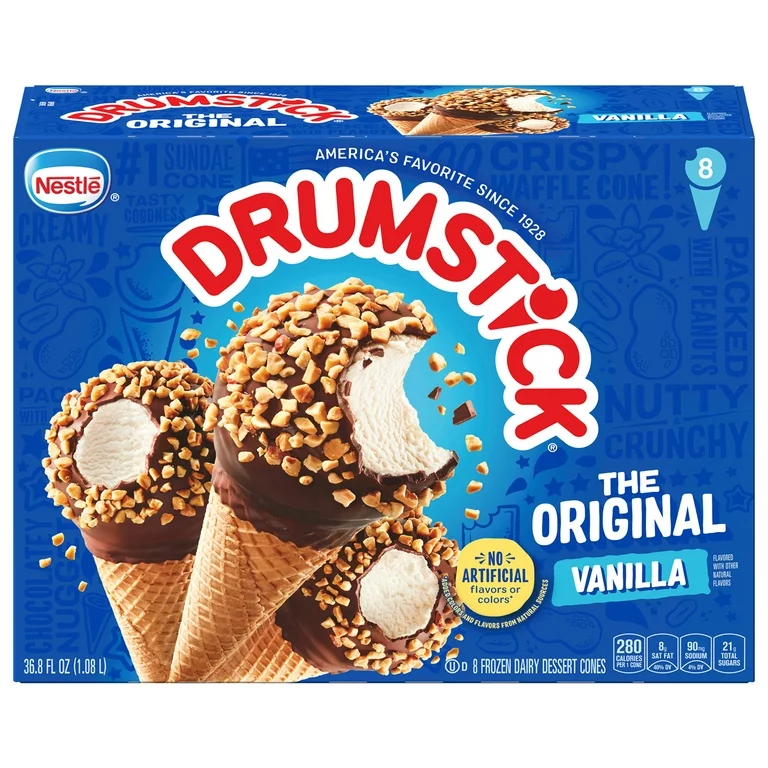Color is one of the most fascinating spectrums of life. The bright, vivid shades bring out the most profound emotions and create different moods that connect to different people. However, there is a limit to where color can be used, seen, and even eaten. Food coloring has brought unnatural color to many different food dishes. Although it brings beauty to our meals, we may want to reconsider our use of artificial color in food.
Food coloring, primarily derived from a combination of coal tar and metallic compounds, poses a significant and immediate threat to human health. Extensive research spanning over 30 years by The Center for Science has established a clear and alarming link between food coloring and behavior problems in children. This urgent and pressing issue underscores the immediate need for the FDA to consider a ban on these dyes.
Specific food dyes, such as Red 40, also trigger abnormal brain activity, like issues with the brain’s wiring. With this issue, these dyes can change the activity of the brain, leading to temper uncontrollability, depression, suicidal thoughts, panic attacks, and confusion.
Consumption of food dyes has increased 500 percent in the past 50 years. With this awareness and understanding of the effects of food coloring, a new bill was proposed in California. This bill would prohibit schools from serving foods with artificial dye. Some specific dyes included in the bill are Blue 1, Blue 2, Green 3, Red 40, Yellow 5, and Yellow 6. California State Assemblymember Jesse Gabriel addresses this issue, “California has a responsibility to protect our students from chemicals that harm children and that can interfere with their ability to learn.”
This relates to the California Skittles Bill, also introduced by Gabriel. Among many favored candies in America, Skittles have Red 40 dye in them. Gabriel strongly believes that “These chemicals have been linked to health problems, including increased risk of cancer, damage to the immune system and behavioral issues in children.” The adverse effects of food coloring and harmful dyes negatively affect every person in California who consumes these candies and products with Red 40 dye.
There are many foods in our lives that contain Red 40 dye and other harmful ingredients. These ingredients have a significant toll on human health. However, an easy method to prevent this tragedy is to be aware of the manufacturing components and read the packaging labels at the back of the product. Food is a very important part of all life on Earth, and it is important to nourish ourselves with the right foods so that we don’t end up sick.
Sources:
Food coloring | Ingredients, Uses, & Regulation | Britannica
Artificial Food Coloring: Good or Bad? | Food Network Healthy Eats: Recipes, Ideas, and Food News
California bill could prohibit schools from serving foods with artificial dyes

























